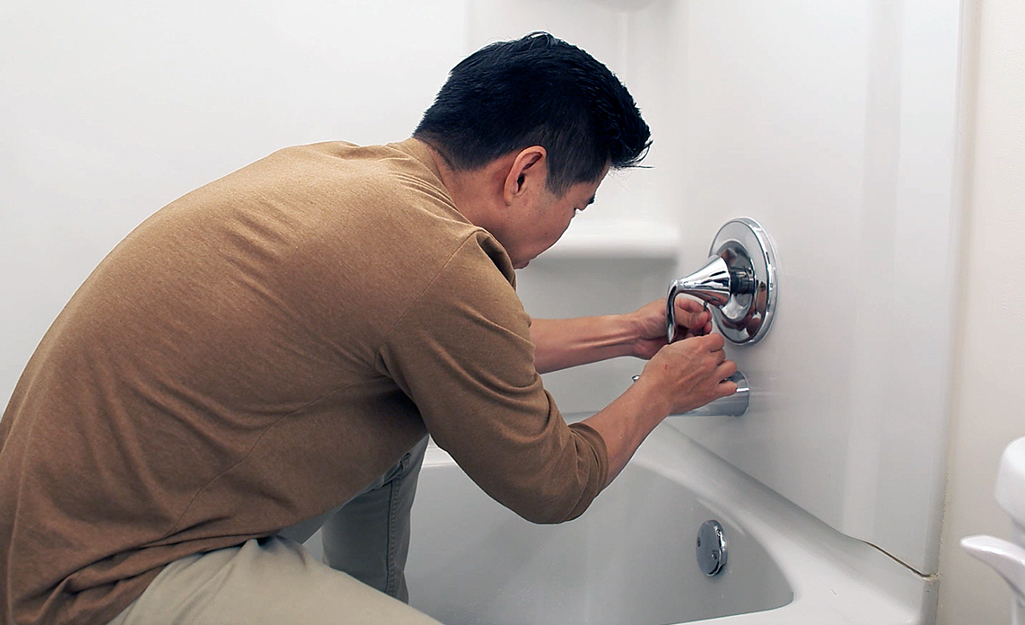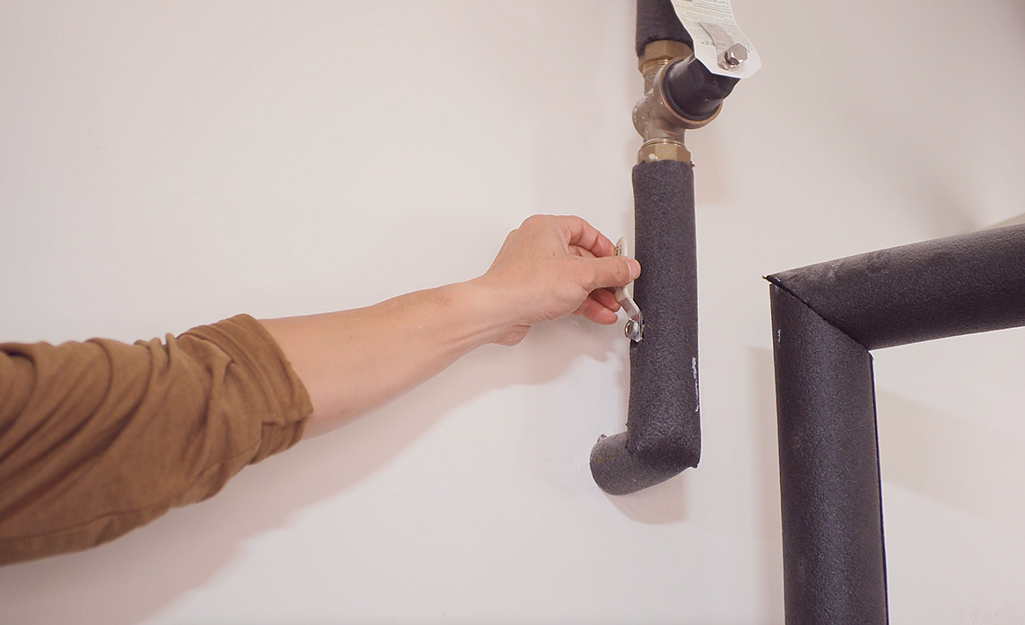Explanations Why It's Important to Mend a Broken Faucet
Explanations Why It's Important to Mend a Broken Faucet
Blog Article
Listed here further down you can find additional reliable expertise relating to 4 Common Reasons for a Leaky Faucet.

Leaking faucets might look like a small trouble, yet their influence surpasses simply the aggravation of the audio. From drainage to incurring unnecessary financial prices and wellness dangers, disregarding a leaking faucet can bring about numerous effects. In this article, we'll look into why it's vital to address this usual household concern without delay and successfully.
Waste of Water
Ecological Impact
Leaking taps contribute significantly to water wastefulness. According to the Environmental Protection Agency (EPA), a solitary tap leaking at one drip per second can throw away more than 3,000 gallons of water annually. This not just stress water sources but additionally influences environments and wildlife based on them.
Financial Prices
Raised Water Bills
Beyond the environmental impact, leaking taps can blow up water costs considerably. The accumulated waste in time translates right into higher utility costs, which can have been stayed clear of with prompt repair services.
Possible Residential Or Commercial Property Damage
Additionally, long term trickling can cause harm to components and surface areas surrounding the faucet. Water buildup can trigger staining, corrosion, and even structural concerns if left neglected, leading to extra fixing prices.
Health and wellness Problems
Mold and Mold Growth
The consistent existence of moisture from a leaking tap creates an ideal atmosphere for mold and mildew and mold growth. These fungis not only endanger indoor air quality yet also present health threats, especially for people with respiratory problems or allergies.
Waterborne Diseases
Stationary water in dripping faucets can end up being a breeding ground for germs and various other virus, increasing the risk of waterborne diseases. Pollutants such as Legionella germs flourish in stagnant water, possibly bring about significant illnesses when ingested or inhaled.
DIY vs. Expert Fixing
Benefits and drawbacks of Do It Yourself Repair
While some may try to fix a trickling tap themselves, do it yourself repair work feature their very own collection of challenges. Without correct understanding and devices, do it yourself efforts can intensify the issue or lead to incomplete repair services, prolonging the trouble.
Benefits of Employing a Specialist Plumber
Employing an expert plumber guarantees that the underlying root cause of the trickling faucet is dealt with successfully. Plumbing technicians possess the proficiency and equipment to diagnose and repair faucet concerns successfully, saving time and reducing the risk of further damages.
Step-by-Step Overview to Fixing a Dripping Faucet
Tools Needed
Before trying to fix a dripping tap, collect the needed devices, including a flexible wrench, screwdrivers, replacement parts (such as washers or cartridges), and plumber's tape.
Typical Faucet Issues and Their Solutions
Recognize the sort of tap and the specific issue causing the drip. Common issues include damaged washers, rusty valve seats, or faulty O-rings. Refer to manufacturer guidelines or on the internet tutorials for detailed advice on fixings.
Preventive Measures
Regular Upkeep Tips
To stop trickling taps, perform routine upkeep such as cleansing aerators, evaluating for leakages, and changing damaged parts quickly. In addition, think about installing water-saving devices or updating to extra efficient fixtures.
Value of Prompt Repairs
Addressing trickling faucets as quickly as they're seen protects against additional water wastage and possible damage, inevitably saving both water and cash over time.
Effect On Building Value
Understanding of Well-Maintained Home
Keeping a residential property in good condition, including attending to upkeep concerns like trickling taps, boosts its regarded worth and desirability among potential buyers or tenants.
Influence on Resale Worth
Residences with properly maintained plumbing fixtures, including faucets, command greater resale worths in the real estate market. Dealing with dripping taps can contribute to a positive impression throughout home assessments and settlements.
Ecological Duty
Specific Contribution to Conservation
Taking responsibility for dealing with trickling taps lines up with broader initiatives toward water preservation and environmental sustainability. Every individual's activities collectively make a substantial impact on protecting valuable sources.
Lasting Living Practices
By prioritizing timely repair services and embracing water-saving habits, people contribute to sustainable living techniques that benefit both present and future generations.
Verdict
Attending to a dripping tap exceeds mere ease; it's a crucial action toward saving water, reducing economic prices, and protecting wellness and residential property. Whether through do it yourself repair services or professional aid, acting to fix leaking taps is a tiny yet impactful method to promote accountable stewardship of sources and contribute to a much healthier, a lot more lasting future.
Why Are My Faucets Dripping (And Can I Fix it Myself)?
Causes of a Dripping or Leaking Faucet
Whether you’re hearing drops of water falling and hitting a sink, or noticing water ooze out from the base of the spout, you shouldn’t ignore a dripping or leaking faucet. And, the good news is, sometimes you can fix the problem yourself.
In this article, we’ll review a few common causes of dripping and leaky. We’ll also walk you through some basic ways to find the problem and handle it without calling anyone — and let you know when to call in a pro.
But, no matter what the cause, or whether you can handle it on your own, the sooner you address it, the better.
Each drip may be a tiny amount of water. But, they all add up quickly. According to the U.S. Geological Survey, one faucet losing one drop every 20 seconds — five a minute — wastes around a liter of water every day, and 173 gallons a year.
Add in more than one in your house, and it’s a lot of water to waste. So, we’ll help you get to the bottom of things quickly.
Four Reasons Your Faucet May Be Dripping
Aerator is Damaged or Unseated Valve Seat is Corroded O Ring is Loose or Worn Out Part of the Assembly is Loose Aerator is Damaged or Unseated
If you unscrew the end of your faucet, you’ll find the aerator. It’s the little stem piece with a screen on it that shuts off the water circulation.
If it’s damaged, or if it’s not sitting right, it will allow water to pass through.
Valve Seat is Corroded
Next is the valve seat, which is connected to the washer. If the washer wasn’t in place correctly, then it could have ground against the seat. Over time, this damages the valve seat.
The problem could also be corrosion: Over time, the part has worn out, and it’s now allowing water to pass through.
O Ring is Loose or Worn Out
Since the o ring is only a small rubber gasket, it’s a common reason why the faucet is dripping. You’ll find it at the base of the faucet, and it’s there to keep water from coming out where it’s not supposed to.
However, it’s common for the o ring to wear out over time. When it does, you’ll notice a drip.
Part of the Assembly is Loose
So far, we’ve looked at a few small, specific parts. But, the problem could be anywhere in the assembly if something’s out of place.
Even if a part isn’t damaged, over time, it may have become loose or dislodged. It could be the parts we mentioned, or the aerator at the tip of the faucet, the stem itself,
Can I Fix a Leaky Faucet Myself?
Depending on the problem, and how handy you are, there’s a chance you can fix a leaky faucet without calling a professional. But, you do run the risk of making the problem worse.
If it’s a small drip, you can certainly try a few troubleshooting tactics. We’ll walk you through them in a moment.
But, no matter what, your first step should be shutting off the water coming into the faucet. You should find a shutoff valve under the sink on the pipes leading to it. Turn each one clockwise until they close tightly.
Next, make sure you have the right tools for whatever you’re attempting. It’s tempting to make do with what you have. But, you need the right ones for a reason: You’re often dealing with small parts that can break if you handle them carelessly.
If you’re feeling confident, here are some places to start.
Items Near the Tip of the Faucet
A few of the parts we mentioned — particularly the valve seat and washer — are located at the tip of the faucet where the water comes out. They’re easy to access, making it a good place to start.
Check the O Ring
To check the o ring, you’ll need to take off the spout at the base. It’s easiest on kitchen sinks with long spouts, versus the smaller, bulkier base on most bathroom sinks.
Either way, this can be tricky, so do it carefully and don’t force anything. If it’s not coming right off, you’re much better off calling in a pro than possibly breaking something.
For a kitchen sink, there’s usually a nut or coupling assembly at the base of the spout. These often slide off easily without using any tools.
Once you’ve disassembled those parts, gently but forcefully twist off the spout.
Then, you can see the o rings. There should be two of the rubber gaskets on the base. If they look worn or damaged, replace them, and see if that solves the problem.

We were shown that report about Why Are My Faucets Dripping (And Can I Fix It Myself)? from someone on another site. Those who appreciated our blog post plz do not forget to pass it around. Thanks for taking the time to read it.
Report this page